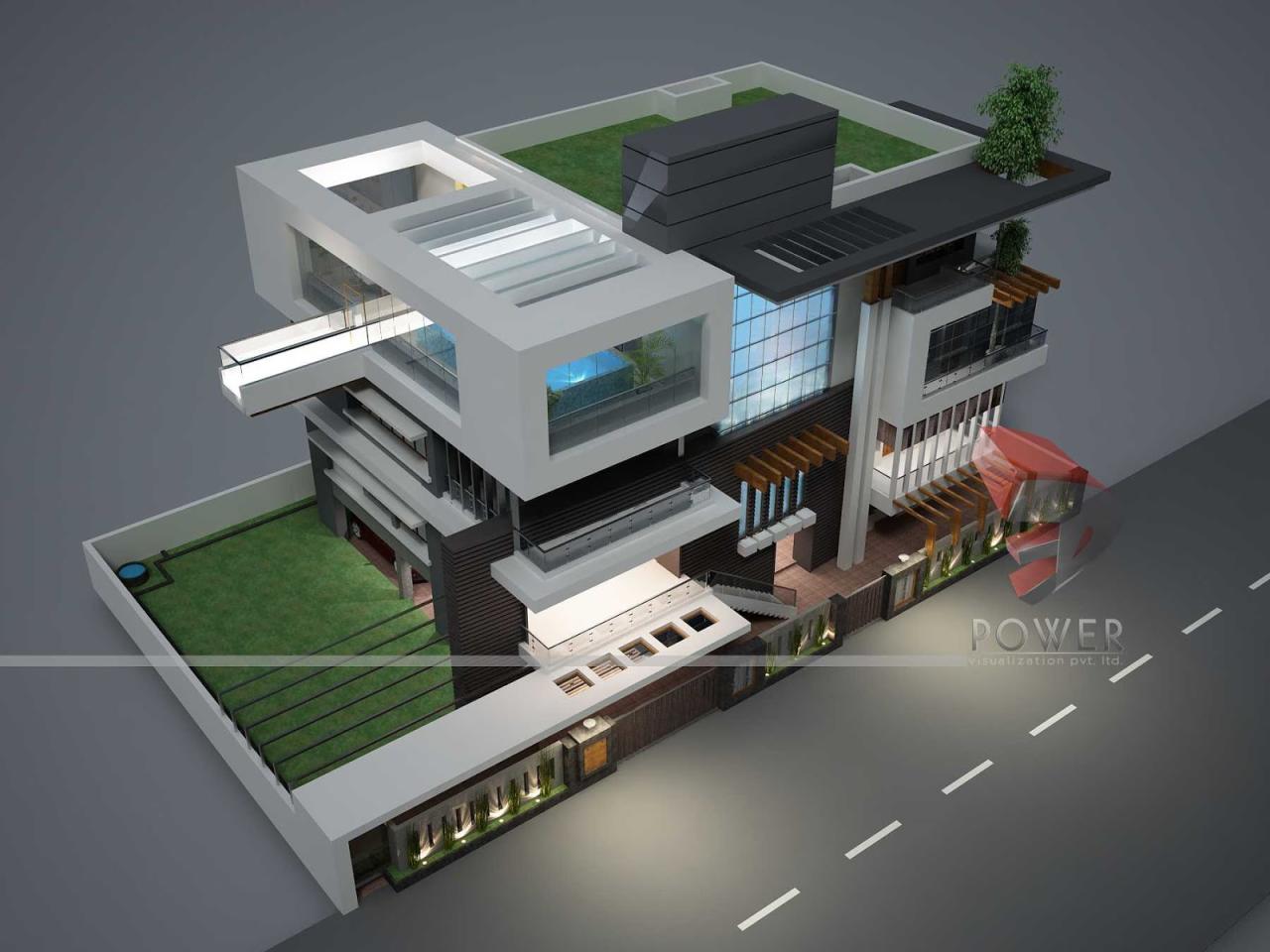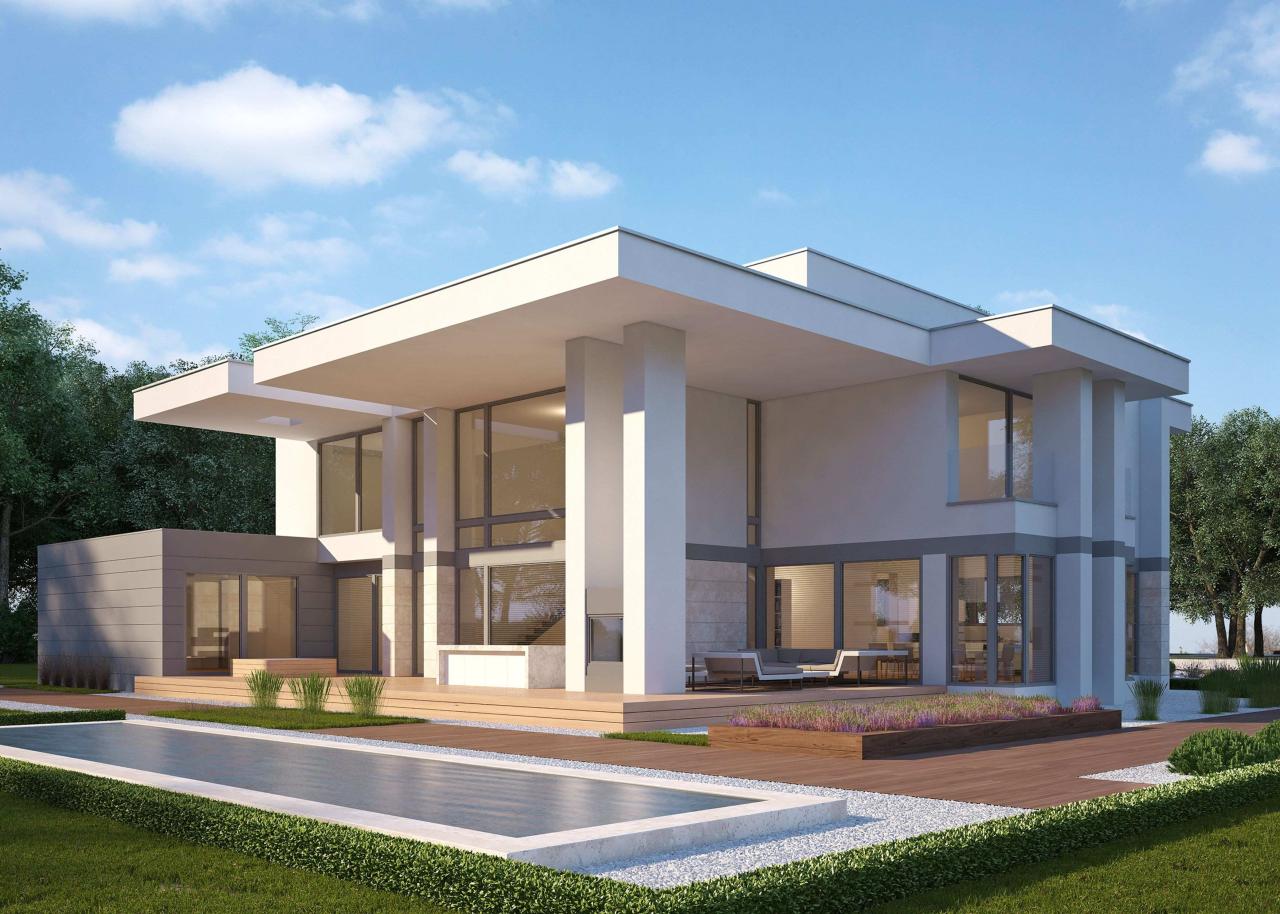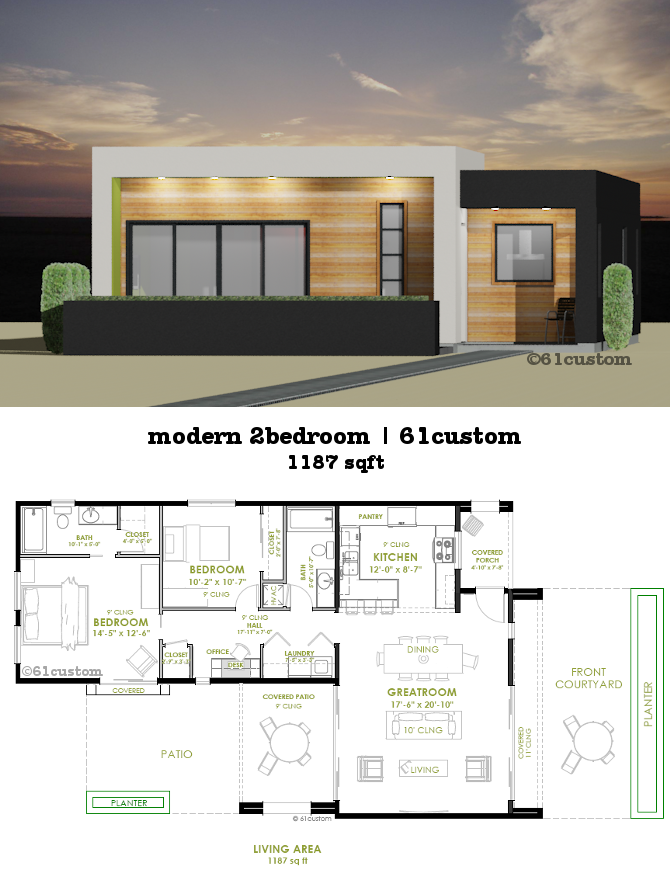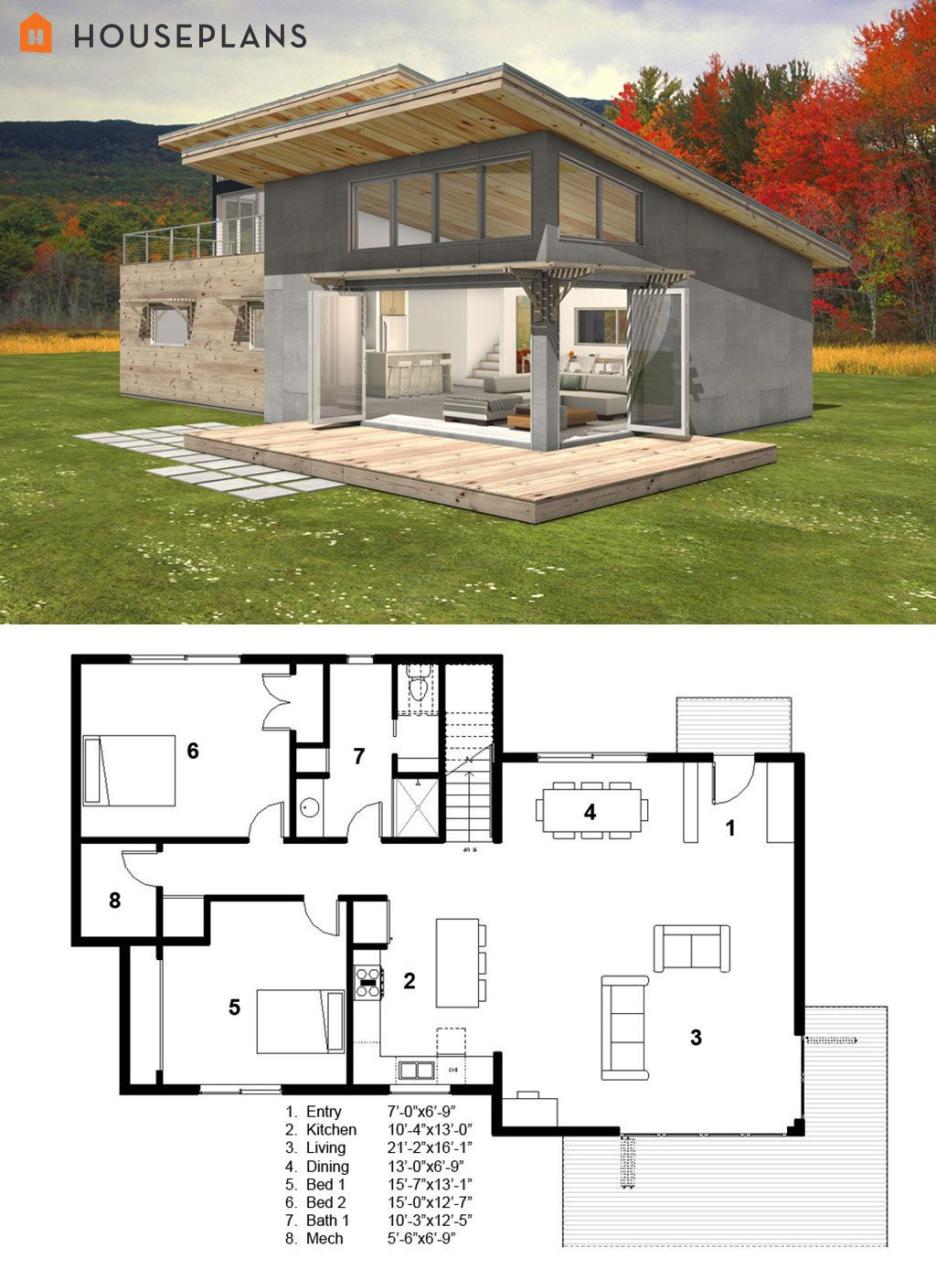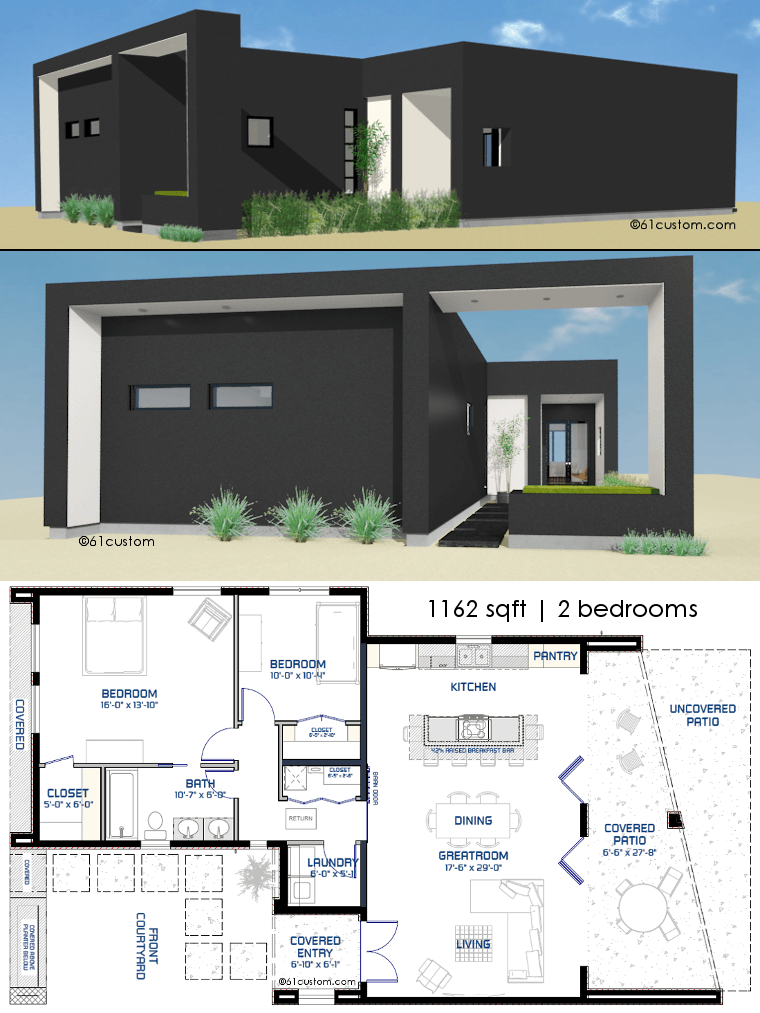Embracing the Future of Living: Ultra-Modern Small House Plans
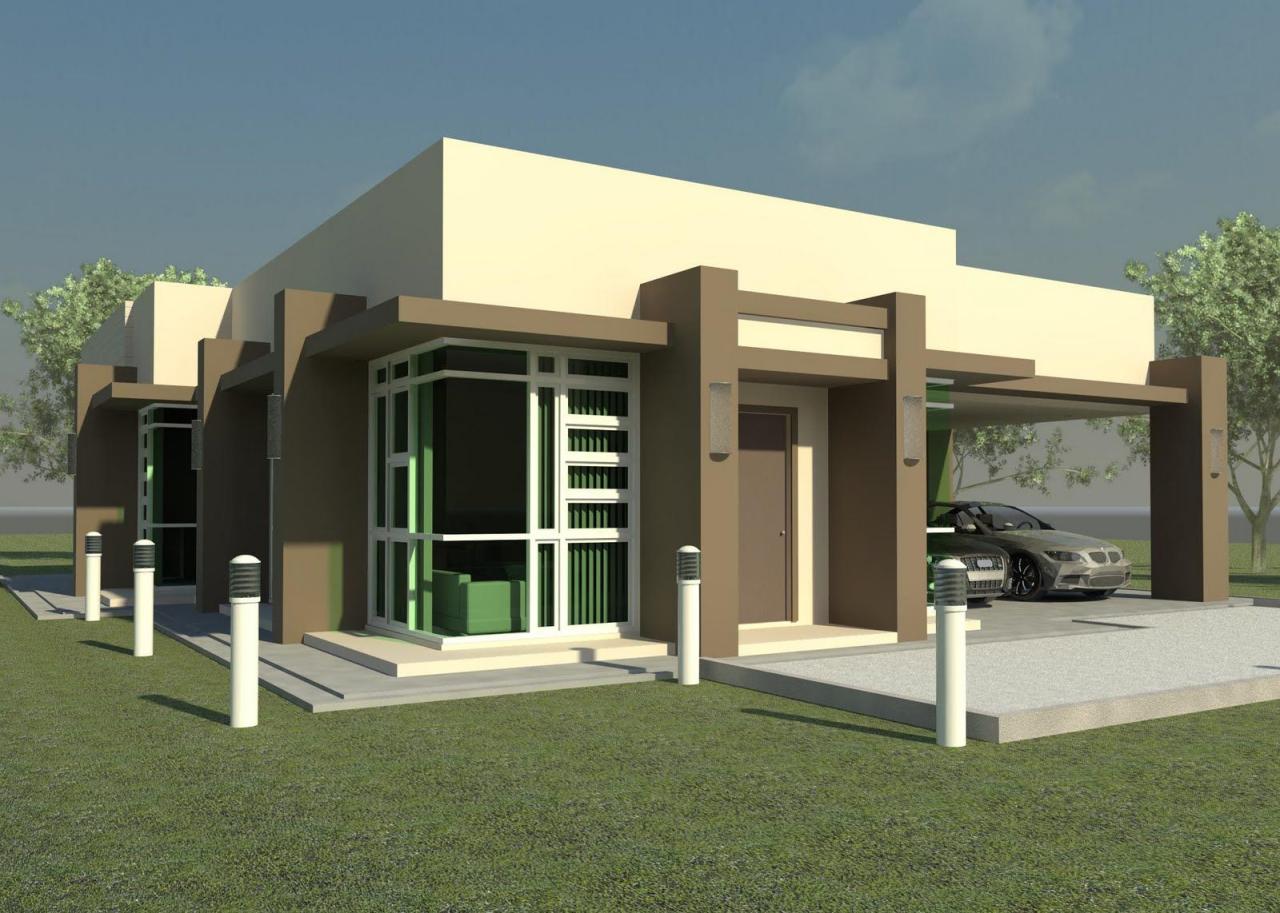
As our world grapples with the challenges of climate change, sustainable living, and urbanization, the notion of "bigger is better" is slowly being replaced by a more practical and environmentally conscious approach to housing. Ultra-modern small house plans have become increasingly popular, offering a unique blend of style, functionality, and eco-friendliness. In this article, we’ll delve into the world of compact yet cutting-edge homes and explore what makes them an attractive option for forward-thinking homeowners.
What are Ultra-Modern Small House Plans?
Ultra-modern small house plans refer to designs that prioritize minimalism, sustainability, and innovative use of space. These homes are typically smaller in size, ranging from 500 to 2,000 square feet, and are designed to be energy-efficient, eco-friendly, and tailored to the needs of the occupants. They often feature clean lines, minimal ornamentation, and an emphasis on natural materials, such as wood, steel, and glass.
Benefits of Ultra-Modern Small House Plans
So, why are ultra-modern small house plans gaining traction? Here are some of the benefits that come with embracing this new wave of housing:
- Sustainability: By reducing the carbon footprint of building and maintaining a home, ultra-modern small house plans contribute to a more environmentally friendly future.
- Cost-effectiveness: With a smaller space comes reduced energy consumption, lower maintenance costs, and a more affordable mortgage or rent.
- Increased efficiency: Compact living encourages homeowners to be more mindful of their consumption habits, promoting a more minimalist lifestyle.
- Improved quality of life: By focusing on the essentials and eliminating clutter, residents can enjoy a sense of calm and clarity in their daily lives.
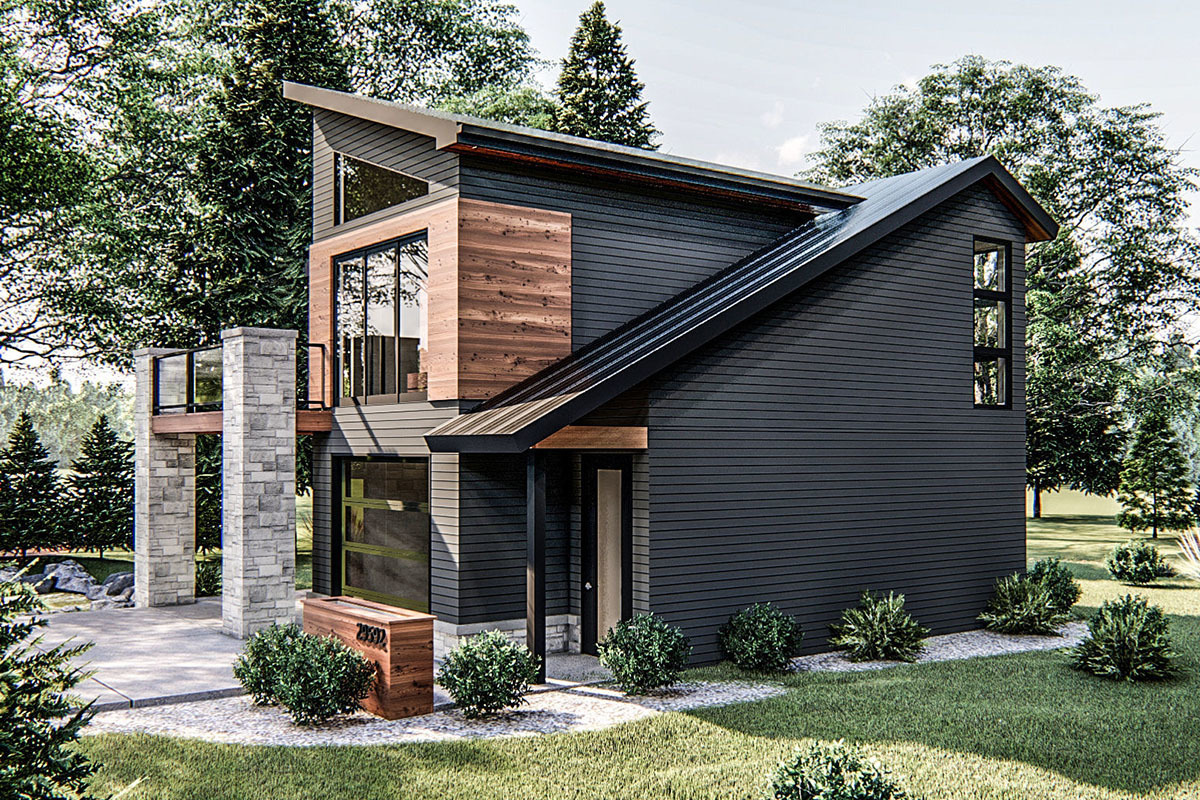
Design Elements of Ultra-Modern Small House Plans
When it comes to ultra-modern small house plans, design is paramount. Here are some of the key elements that make these homes stand out:
- Open-plan living: Combining kitchen, living, and dining areas into a single, fluid space creates a sense of openness and connectivity.
- Natural light: Strategically placed windows and skylights maximize natural illumination, reducing the need for artificial lighting.
- Flexible spaces: Interchangeable rooms and adaptable furniture enable homeowners to adjust their living space to suit their changing needs.
- Ergonomic design: Careful consideration of ergonomic principles ensures that the space is functional, comfortable, and efficient.
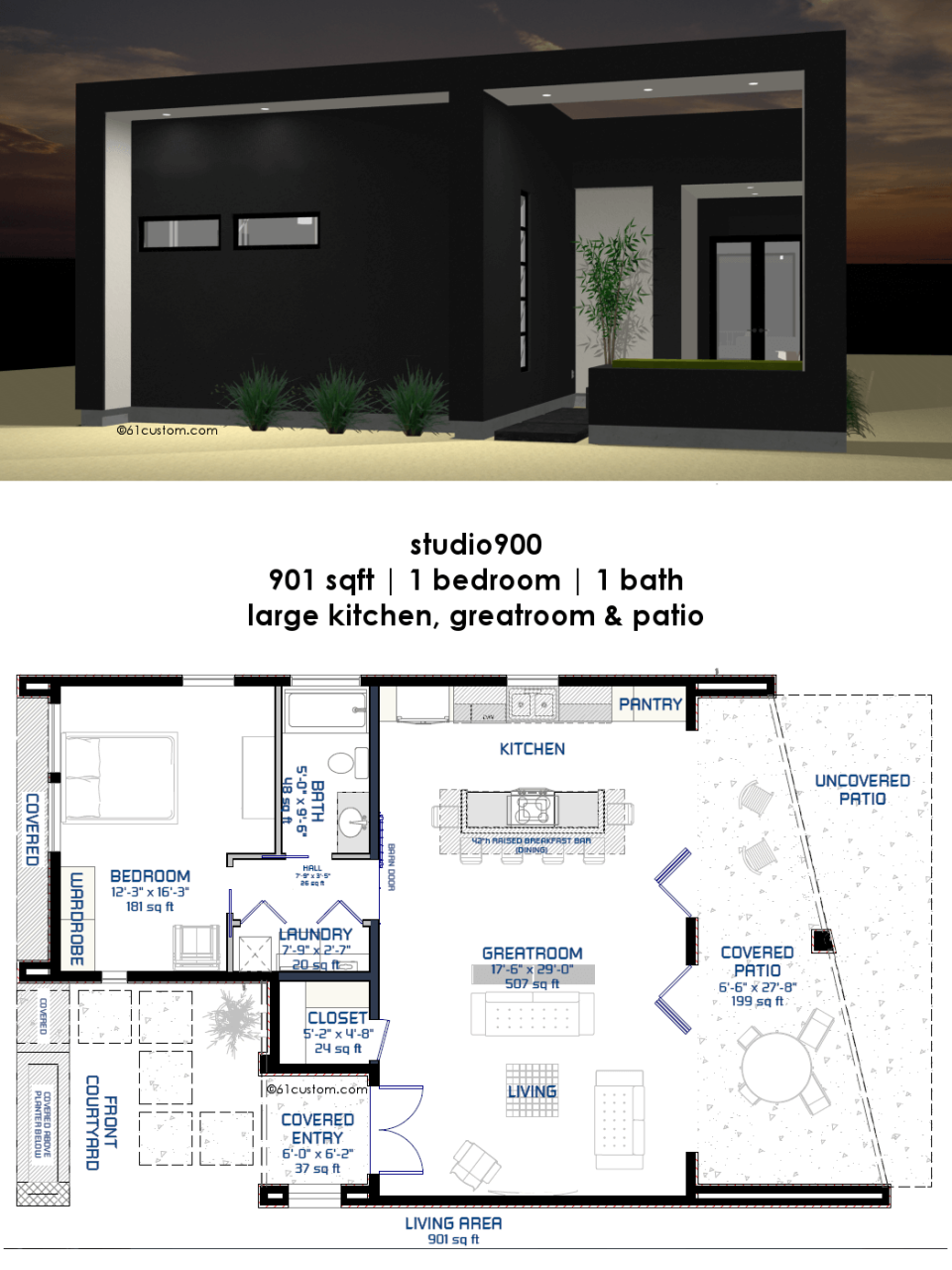
Innovative Materials and Technologies
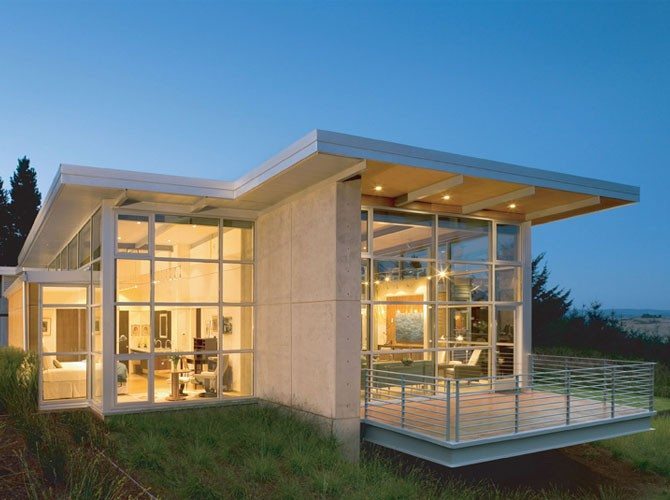
Ultra-modern small house plans often incorporate cutting-edge materials and technologies to achieve a high level of sustainability and efficiency. Some examples include:
- Reclaimed and recycled materials: Using salvaged wood, recycled metal, and other repurposed materials reduces waste and supports a circular economy.
- Renewable energy systems: Solar panels, wind turbines, and geothermal energy systems harness natural energy sources to power homes.
- Smart home automation: Advanced technology allows homeowners to control temperature, lighting, and security systems remotely, optimizing energy use and enhancing safety.

Case Studies: Inspiring Ultra-Modern Small House Plans
To illustrate the potential of ultra-modern small house plans, let’s explore some inspiring case studies:
- The Micro House: This 300-square-foot home, designed by Tiny Heirloom, features a Murphy bed, hidden storage, and a rooftop garden, showcasing the possibilities of compact living.
- The Eco-Friendly Retreat: This 1,200-square-foot home, designed by Olson Kundig, incorporates natural materials, solar power, and a rainwater harvesting system, exemplifying sustainable design.
- The Prefabricated Oasis: This 800-square-foot home, designed by Method Homes, combines prefabricated construction with energy-efficient systems and a modern aesthetic.
Challenges and Limitations
While ultra-modern small house plans offer numerous benefits, there are also challenges and limitations to consider:
- Zoning regulations: Many cities have zoning laws that restrict the size and type of homes that can be built, making it difficult to implement ultra-modern small house plans.
- High upfront costs: While compact homes can save money in the long run, they often require a larger investment in design, materials, and technology.
- Potential for over-crowding: Small spaces can quickly become cluttered if not designed or furnished thoughtfully.
Conclusion: The Future of Housing
Ultra-modern small house plans represent a new frontier in housing, one that prioritizes sustainability, efficiency, and innovative design. While there are challenges to overcome, the benefits of this approach far outweigh the limitations. As the world grapples with the complexities of environmental sustainability and urbanization, compact, eco-friendly homes are poised to play a vital role in shaping the future of housing.
In conclusion, ultra-modern small house plans offer a promising solution for environmentally conscious homeowners seeking a unique blend of style, functionality, and eco-friendliness. By embracing innovative materials, technologies, and design principles, we can create homes that not only minimize their impact on the planet but also enhance the quality of life for their occupants.
Architecture Gallery by Embracing the Future of Living: Ultra-Modern Small House Plans
